
For decades the handyman jack has been a staple on the trail, but now ARB has built a better mousetrap. Handyman jacks, or trail jacks, are relatively inexpensive, tough as nails, and simple. So is the ARB JACK (while confusing, it is actually called JACK) a product looking for a solution to a problem that doesn’t exist? We don’t think so, as it addresses many of the issues that have plagued handyman jacks since their inception. These include instability when lifting, pins that stick when they are exposed to the elements, and difficulty in lifting heavy vehicles. Oh, and they can also break your jaw if your hands happen to slip off the handle when you are raising your vehicle. So there is that.
Construction
The first thing that you notice about the JACK is its distinctive grey anodized aluminum body. It is not an accident that it looks like ARB’s BP-51 shock absorbers. The JACK is made from the same 6061-T6 aluminum as ARB’s high-end shocks. Nine slots are machined into the JACK body to provide the foot with a variety of attachment points from as low as 6 inches all the way up to 26 inches. You can start lifting the vehicle right away and use the JACK’s full range of motion.
The ARB JACK can support 4,400 pounds. That is over 2,000 pounds more than a handyman jack. In the off chance the working load is exceeded, an internal blow-off valve provides overload protection to safeguard both the JACK and, most importantly, your face from the vehicle dropping suddenly. Standard lowering is accomplished via the bright red lever of the JACK that features a two-stage descent feature. Dual lowering speeds mean that a precise or rapid descent can be achieved. We found the slow speed lowering extremely helpful for tasks such as reinstalling sway bar disconnects and lining up shock tabs when mounting new shock absorbers.
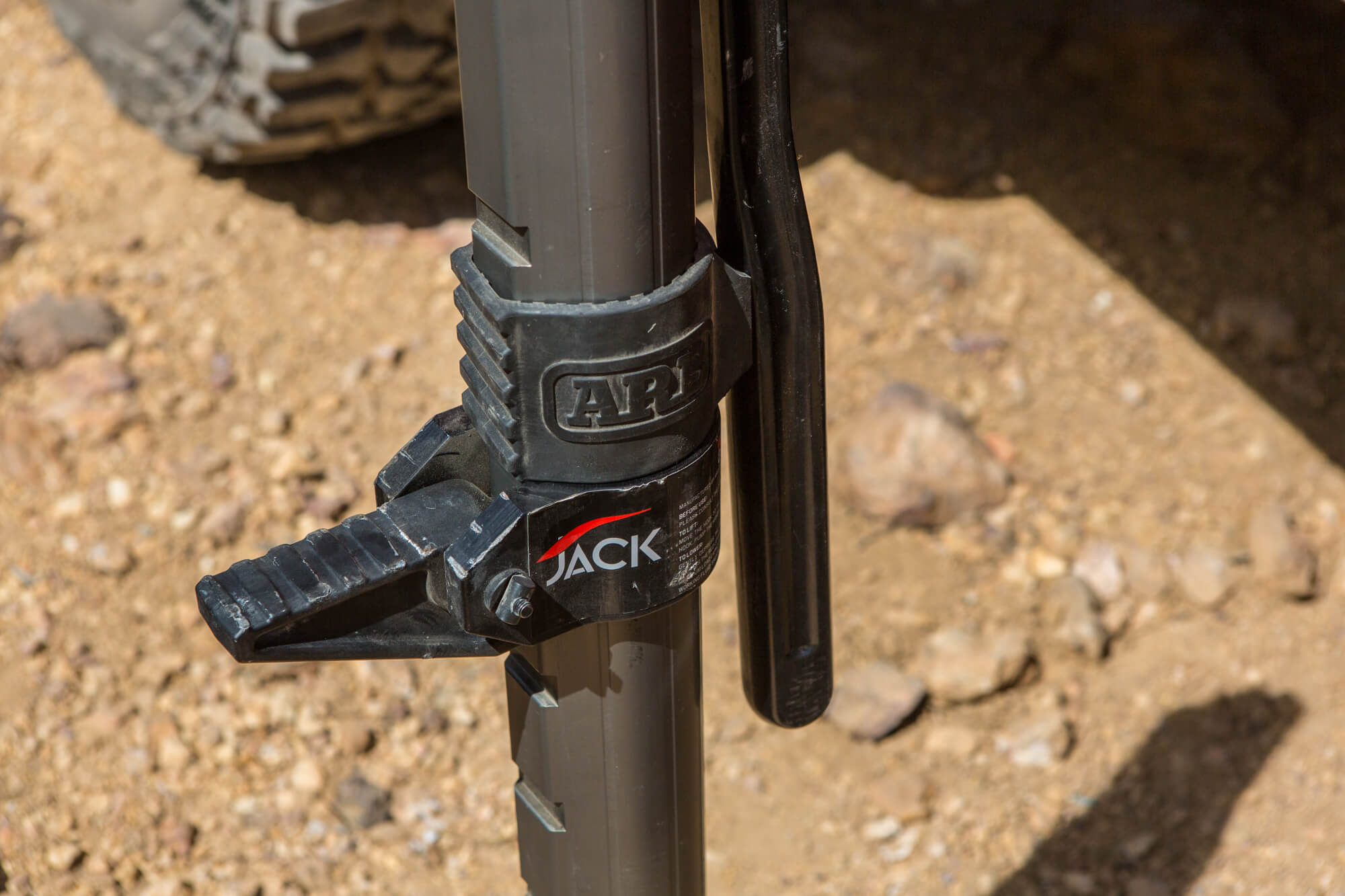
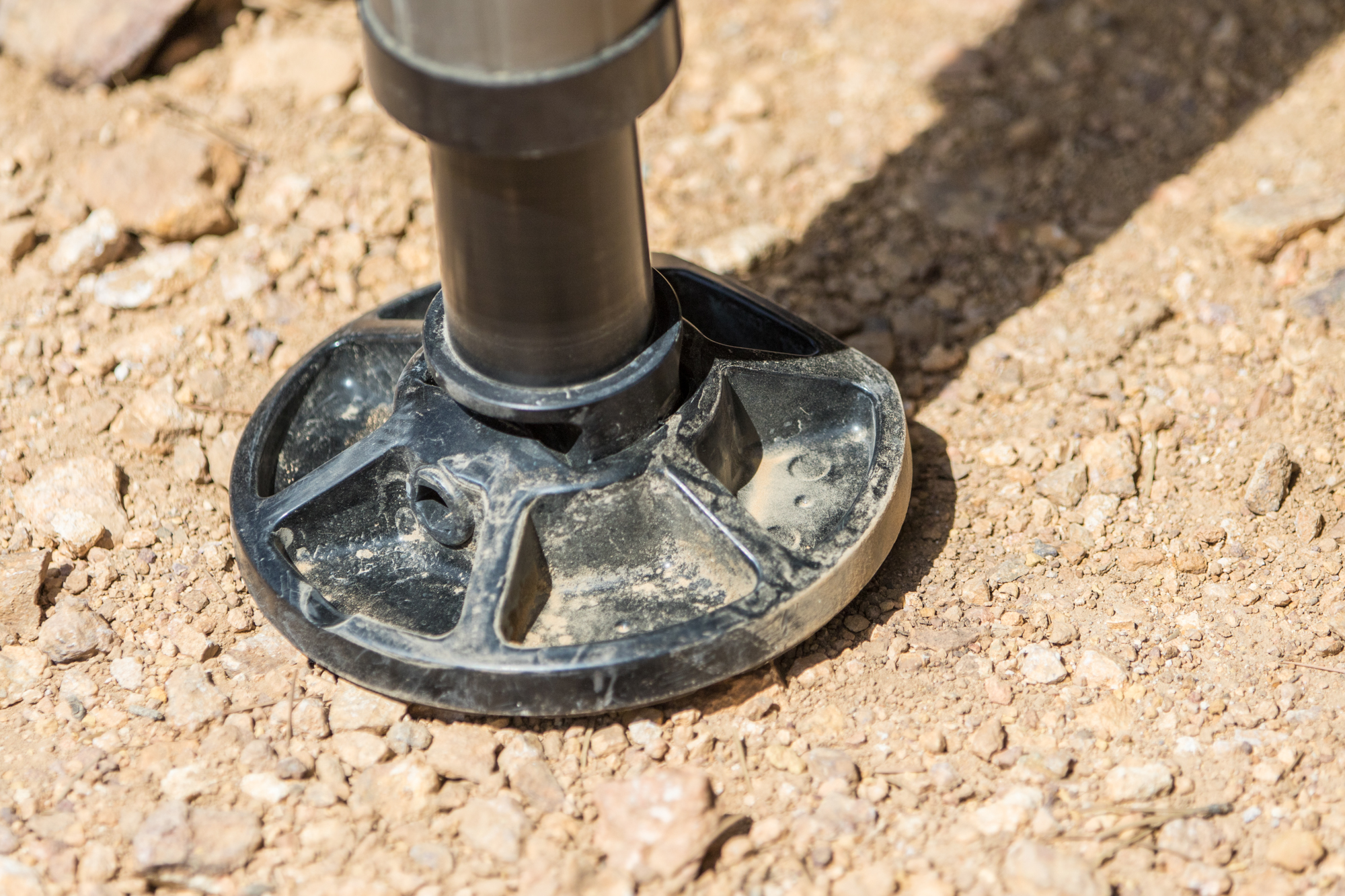
How It Works
Rather than mechanical climbing pins, the ARB JACK uses hydraulic oil to lift your vehicle at a rate of one-half inch per handle stroke. Raising your vehicle is as easy as using a floor jack in your garage at home. Except unlike a floor jack, the ARB JACK is easy to transport in your vehicle and works in rough and uneven terrain. The biggest difference is the 22-inch stroke that nearly doubles the stroke of most floor jacks. This allows the JACK to lift as high as 48 inches off of the ground. Being hydraulic though, the ARB JACK does not function when sideways (we tried). You cannot use it to winch or clamp like you can with a mechanical handyman jack.
Since you are lifting from the chassis on the bumpers or rock sliders rather than from the axle as you would with a bottle jack or screw jack, we recommend using a ratchet strap between the frame and axle. This keeps the suspension from unloading when lifting a tire off the ground. It will also make the load more stable and minimize how high you need to lift your vehicle. Stability is a theme here; it was the first word that came to mind when using the ARB JACK for the first time. The JACK is intuitive and easy to use without the need to read any directions.
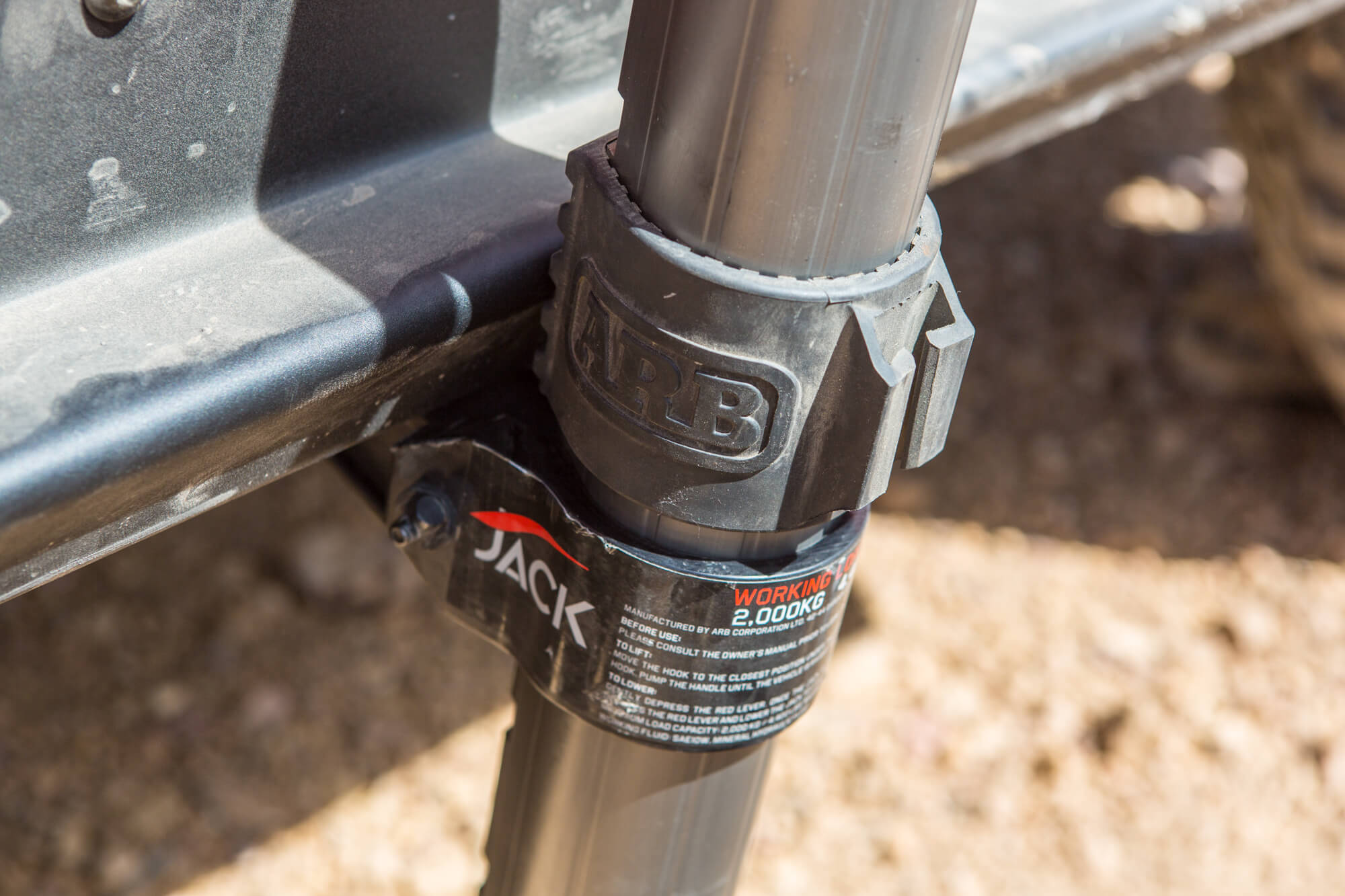
The black rubber sleeve on the JACK serves a couple of purposes. It retains the handle when the JACK is stowed. The sleeve also provides abrasion resistance during lifting protecting the body of the jack. The friction created by the rubber also helps contribute to the JACK’s excellent stability.
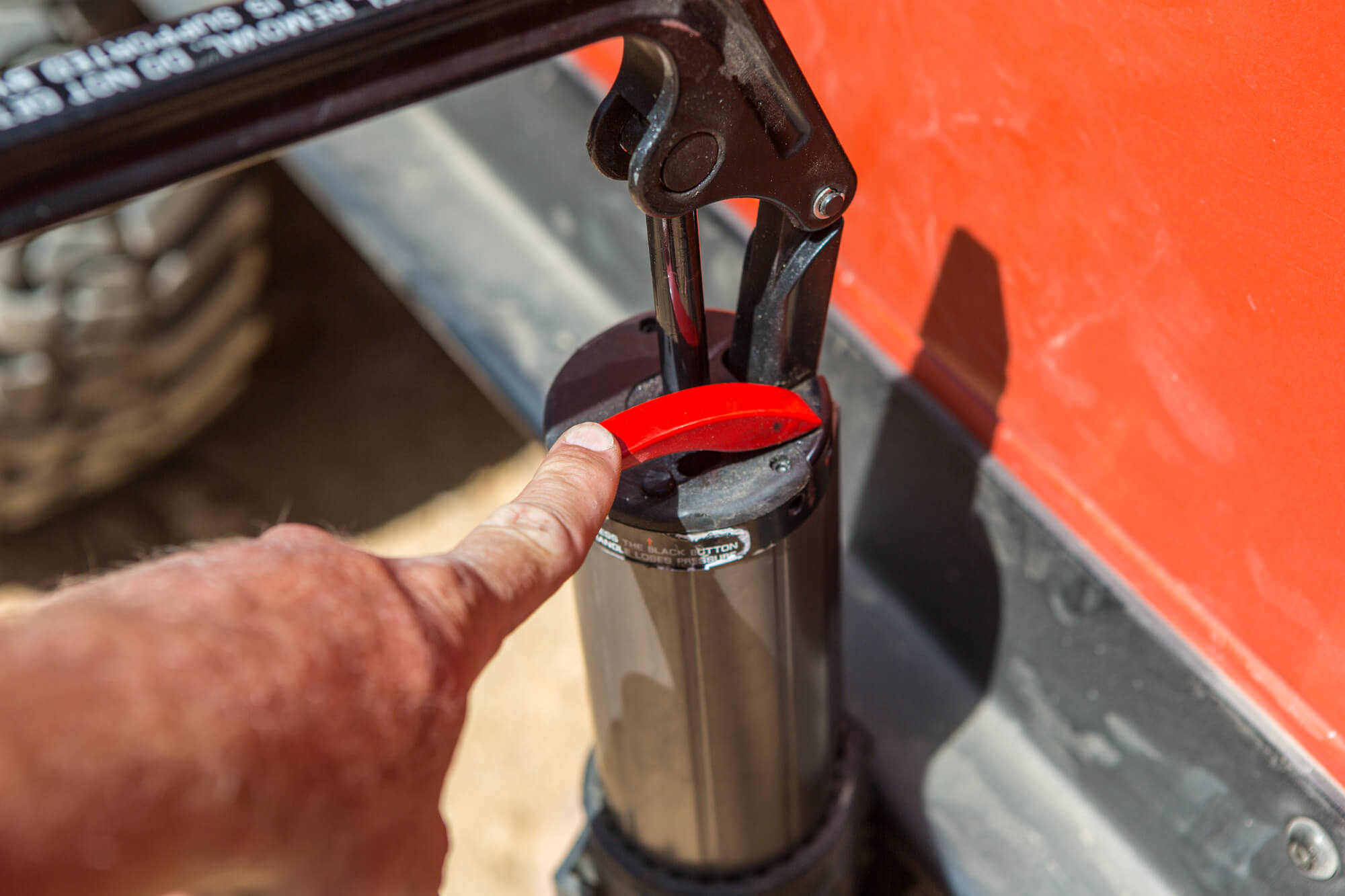
How It Stacks Up
You will note that the ARB JACK in these photos isn’t shiny and fresh out of the box. We have used this JACK for over six months in environments varying from the Rubicon to the Hammers to Baja. We have even used the JACK to change trailer tires on the side of the road in a snowstorm with cars whizzing by. It was stable and easy to use without even needing to unload the rig on the trail. In the past, when using a handyman jack for situations like this, we would never take our hands off the jack for fear of the trailer rolling and spitting out the jack. Fitting the new tire and wheel over the lug studs was a similarly sketchy affair, but not with the ARB JACK.
Most of the scrapes and scratches are not a result of using the JACK, but rather how it has been stored. Currently, ARB does not offer any mounting options for the 23-pound JACK, meaning we have had to improvise along the way. At one point we ratchet strapped the JACK to our spare tire, sideloading the cast aluminum handle. The handle was damaged as a result, but despite the error being our fault ARB sent out a replacement with no questions asked. ARB also informed us that the JACK should be stored upright rather than on its side to prevent any potential leaking. We expect mounting options to become plentiful as the ARB JACK gains popularity.
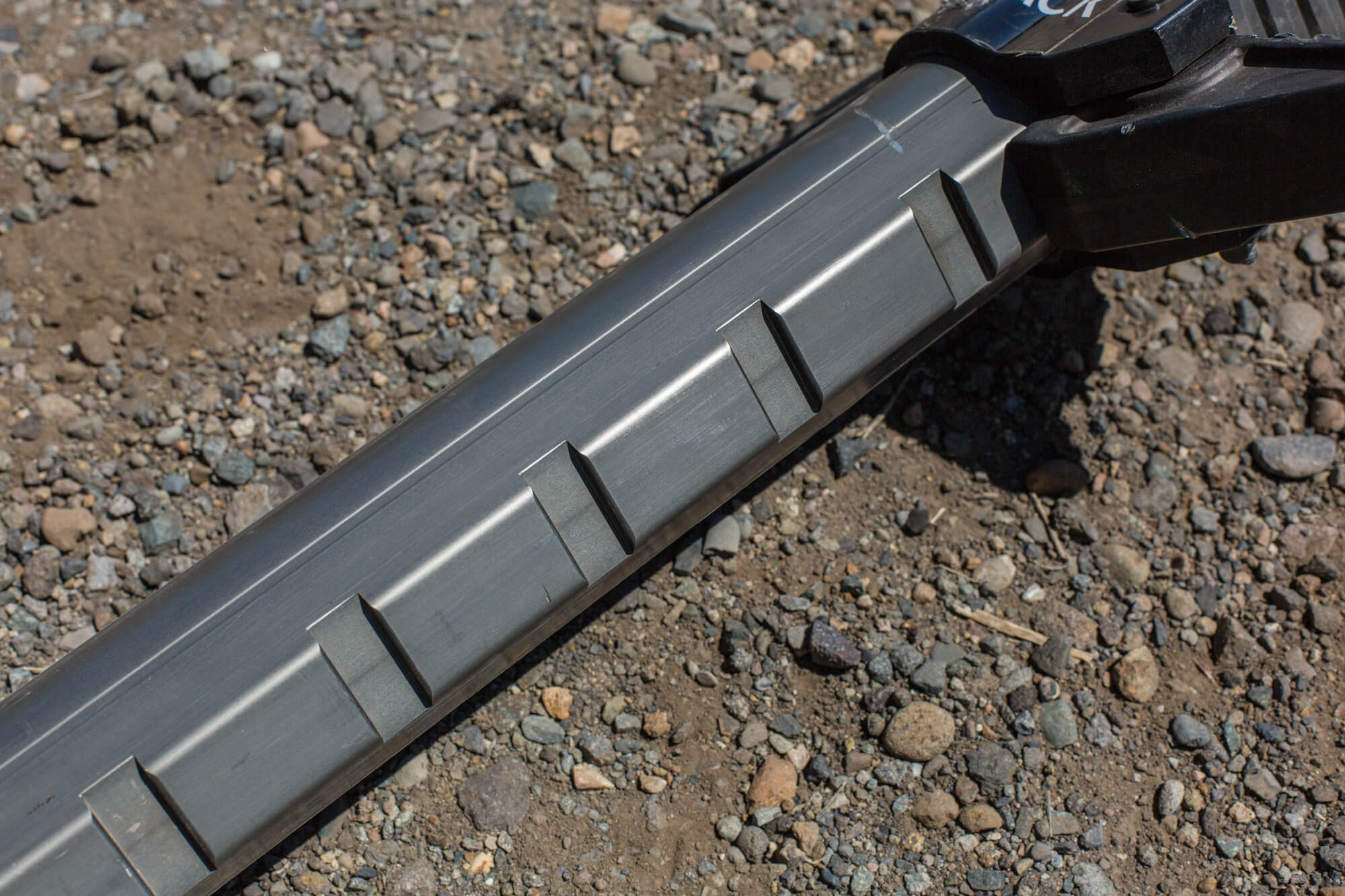
The body of the JACK is made from 6061-T6 aluminum with nine machined recesses. They allow you to start from a height as low as six inches or as high as 22 inches before you even begin pumping the handle. The body is machined to incredibly tight tolerances to ensure a tight seal on the hydraulic internals.
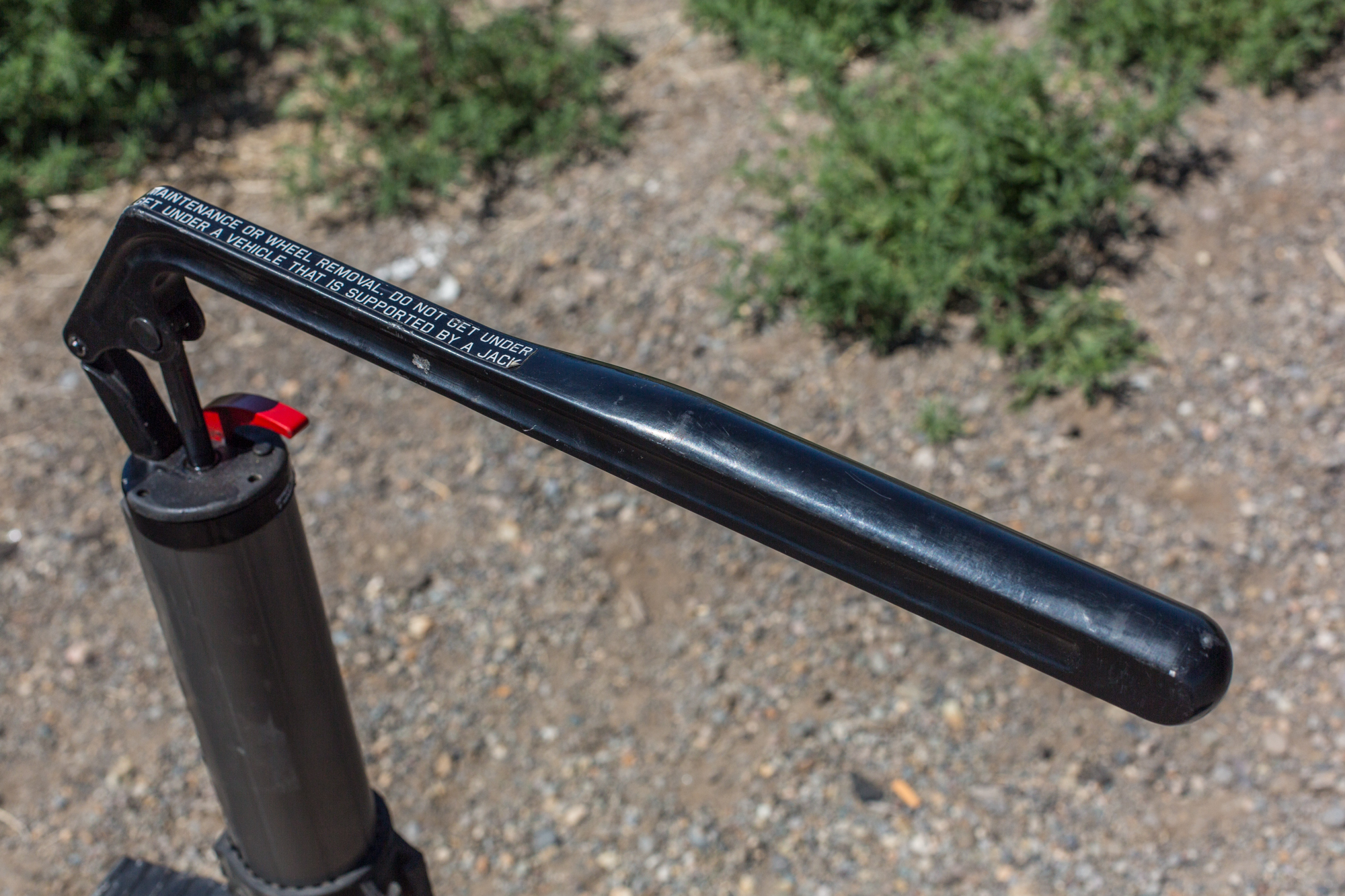
The handle of the ARB JACK is quite a bit shorter than a traditional handyman jack. However, everage is not required like with other jacks since the ARB JACK is hydraulic. While you can’t use this handle to sleeve a bent tie rod, it is far less likely to smack you in the face when you are using the JACK. That’s a plus in our book.
The Cost
The most significant limitation to that popularity will likely be the price of the ARB JACK. All that innovation and high-end components do not come cheap. Retail on the ARB JACK is just south of $800. That will give plenty of people sticker shock. But consider that we live in a world of $5 coffee and $500 ice chests and the price of the JACK doesn’t sound so out of line. The analogy we like to make involves ARB’s marquee product, the Air Locker. You can weld the differential in your vehicle and gain the same traction advantage on the trail that an Air Locker provides. The Air Locker is a more elegant solution, though with a stronger carrier and the ability to lock and unlock on-demand to accommodate different conditions. The ARB JACK offers the same level of function. It won’t be for everyone, but it is worth checking out to determine if the ARB JACK is right for your needs.



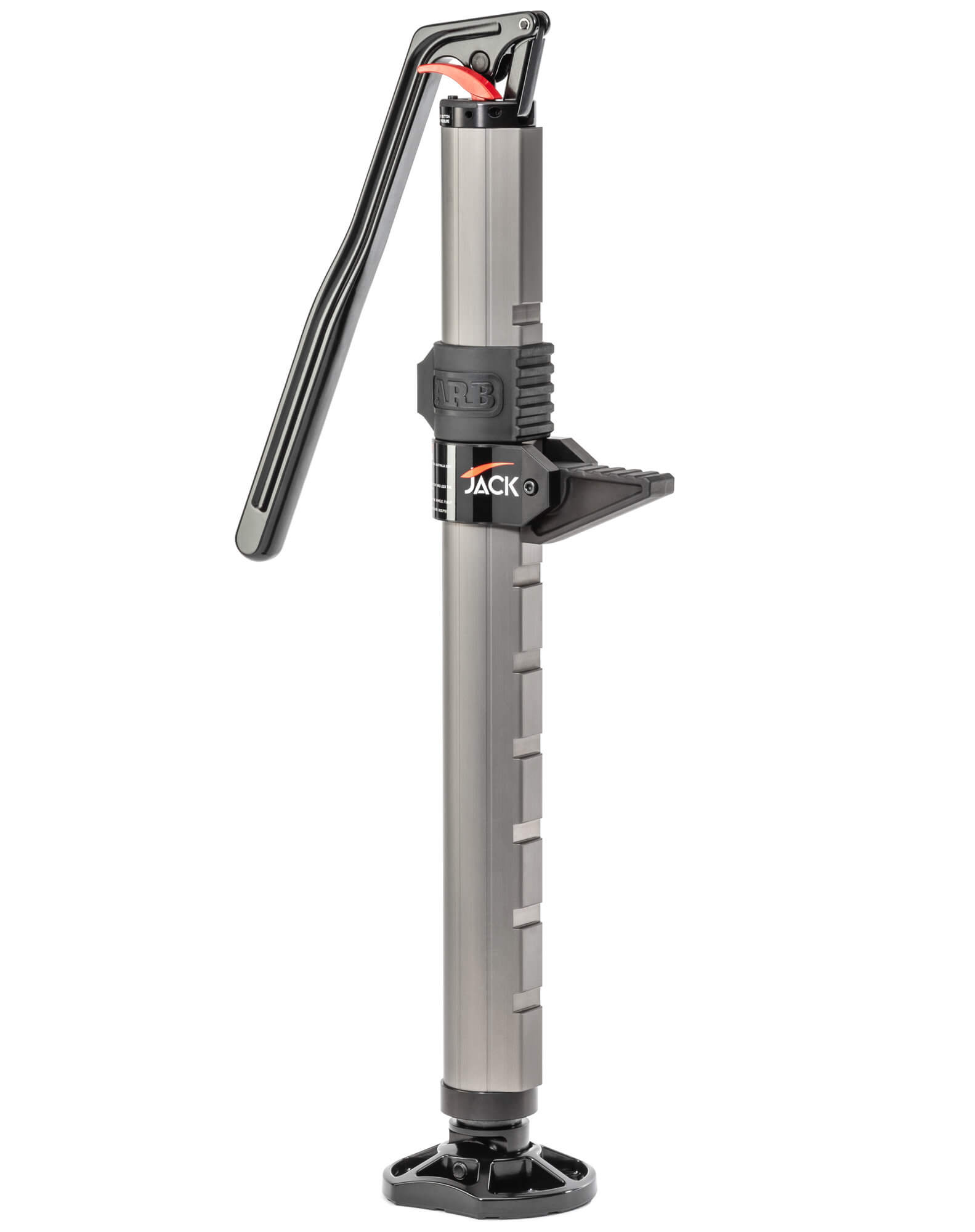
2